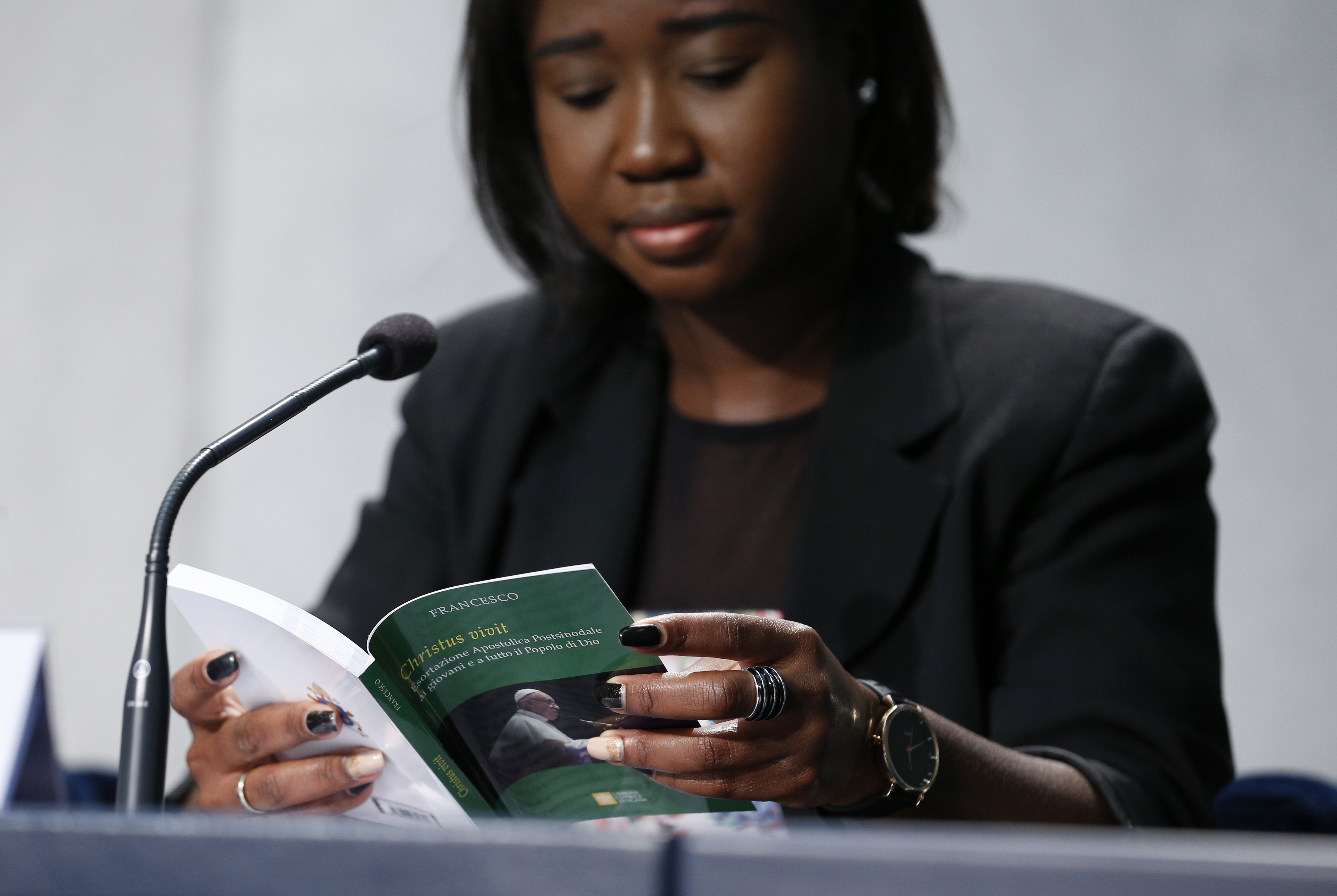As a young Jesuit, Jorge Bergoglio taught literature to a group of rowdy, hormonal teenage boys at a private school in Argentina who, according to one of them, “had no desire to study.”
Faced with the chaos of the classroom, the 28-year-old Bergoglio refused to adopt a dictatorial path of control but instead engaged his pupils by posing them challenges. He demonstrated his passion for a range of writers, even managing to get one of Spanish literature’s greats, Jorge Borges to come and talk to the class.
Recalling those days Jorge Milia, who is now a writer, said the future Pope always urged his students to analyse, break down arguments and not be “hoodwinked."
Decades later, and now sitting in the Chair of St Peter, Pope Francis is adopting a similar teaching method when it comes to how the Church can better connect with young people. On Tuesday Francis released a document Christus Vivit (Christ is alive), following last October’s youth synod, written as a letter to young people and the entire Church.
Rather than written in the old style of “papal pronouncements” this is a synthesis of the synod’s work including regular citations of various bishops conference documents and in places has a poetic, literary style.
“Dear young people, make the most of these years of your youth,” he tells them. “Don’t observe life from a balcony. Don’t confuse happiness with an armchair, or live your life behind a screen. Whatever you do, do not become the sorry sight of an abandoned vehicle! Don’t be parked cars, but dream freely and make good decisions...don't take an early retirement"
This document is the fruit of a listening, and discerning process, and comes out of the Pope’s desire for the Church to follow a synodal path of decision making.
The inspiration is Jesus talking with the disciples on the road to Emmaus, and such an approach means letting go of fears, the old ways of doing things and being able to admit mistakes.
“A Church always on the defensive, which loses her humility and stops listening to others, which leaves no room for questions, loses her youth and turns into a museum,” he writes.
On the role of women, for example, Francis says a “living Church,” can honestly acknowledge a past of “male authoritarianism, domination, various forms of enslavement, abuse and sexual violence.” It can support the calls for “reciprocity between males and females”, although he says the Church cannot accept the demands of each feminist group.
Yes, the Pope confesses, the crimes and scandals put young people off the Church but this now opens up an opportunity for changes of an “epoch-making” significance. Where the document is weakest, however, is on sexual abuse. Once again, there is a focus on abuse happening is in other contexts, such as the family, and the document includes an ambiguous passage about young people trying to stop priests who might be at risk of abuse.
While the Pope warns against the Church being encased in the past he urges caution about following the values of the world. Like the teacher who warned his students about not being “hoodwinked,” Francis tells young people today to “swim against the tide.” The Pope is critical of the isolation caused by the digital world and the dangers of exploitation; he distinguishes between the “false cult of youth and the joy of youth.”
He urges them to see beauty in perseverance and commitment, such as a “wife, slightly dishevelled and no longer young, who continues to care for her sick husband despite her own failing health” or an old couple holding hands. The Pope held up the image of the Church put forward by Samoan Islander Joseph Moeono-Kolio, 31, at the synod as a guide. Moeno-Kolio told the bishops the Church is like a canoe in which the elderly keep the course by judging the position of the stars and the young keep rowing, looking to what waits for them ahead.
One of the areas of Church life where the Pope’s document is likely to have the most concrete impact is in youth ministry. Francis admits that young people “frequently fail to find in our programmes” a “response to their concerns, their needs, their problems, their issues.”
One problem, Francis explains, is too much focus on narrow teaching about Catholic rules rather than helping someone grow in faith and assuming young people who come to the Church have signed up to every element of Catholic teaching.
Too often young people who have had an “encounter with Jesus” are only offered courses on “the evils of today’s world, the Church, her social doctrine, chastity, marriage, birth control and so on.” He is urging the doors to be flung open so that youngsters don’t have to “accept fully all the teachings of the Church to take part” and for pastors to simply have an “an open mind” to those who are searching for the revealed truth.
The Pope accepts that Catholic sexual teaching can cause “incomprehension and alienation” from the Church which can be viewed as judgmental and condemnatory.
To counter this, Francis advocates a “popular” - or people centred - youth ministry, rather than simply passing this work over to a priest and he wants programmes of formation and mentors to “walk alongside young people.”
The Church, the Pope tells young people, needs “your momentum, your intuitions, your faith,” and urges them to “make a ruckus” and run ahead even if it leave the “slow and fearful” behind. But he ends with one request: when you arrive, “have the patience to wait for us.”



 Loading ...
Loading ...